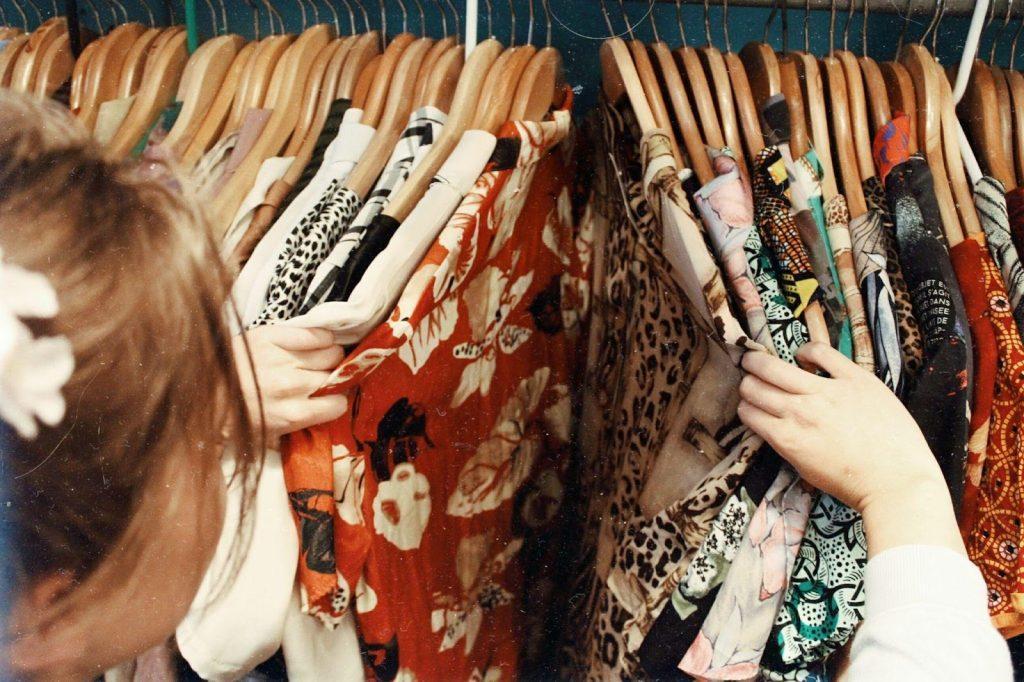How Technology is Driving Growth in the Second-Hand Fashion Market

The second-hand fashion market is experiencing exponential growth, propelled by changing consumer attitudes, sustainability concerns, and, notably, technological advancements. The rise of digital platforms has ignited a renewed interest in pre-owned fashion, positioning it as a viable alternative to traditional retail. In this article, we explore the role of technology in driving this phenomenal growth.
The Shift in Consumer Attitudes Towards Second-Hand Fashion
The second-hand fashion market, traditionally relegated to charity shops and garage sales, is now the darling of the industry. The shift has been fostered by changing consumer attitudes, largely influenced by environmental concerns and a desire for unique and affordable clothing. The technological enablement of second-hand fashion commerce, primarily through digital platforms, has made this segment accessible, attractive, and mainstream.
Technological Platforms Transforming the Market
Tech-driven platforms, such as Depop, Poshmark, and ThredUp, have fundamentally altered the dynamics of the second-hand fashion market. Their user-friendly interfaces and seamless transaction processes have democratized the buying and selling of pre-owned clothing.
Seamless E-commerce Experience
Depop, Poshmark, and others have masterfully integrated social media-like features into their platforms, enhancing the shopping experience. Users can follow sellers with styles they love, comment on listings, and even share their favorite finds on other social platforms. This has created a highly engaged community of buyers and sellers, which not only fosters customer retention but also attracts new users.
Data-Driven Personalization
Another significant advantage is the data-driven personalization that these platforms offer. Using algorithms and artificial intelligence (AI), they analyze user behavior and tailor product recommendations to individual tastes and preferences, enhancing the shopping experience and increasing the likelihood of purchases.
Authenticity Verification and Quality Assurance
One of the main challenges with second-hand fashion is ensuring the authenticity and quality of the items. This is particularly important for high-end designer pieces. The RealReal and Vestiaire Collective have tackled this issue using technology.
These platforms employ a team of experts who authenticate and verify each item before it’s listed. This has been made possible by advancements in AI and machine learning, which can detect counterfeits with high accuracy, ensuring that buyers receive exactly what they’re paying for.
Virtual and Augmented Reality in Second-Hand Fashion
The use of virtual reality (VR) and augmented reality (AR) is transforming the way consumers shop for second-hand fashion. While online shopping offers convenience, it lacks the tactile experience of a physical store. VR and AR technology are bridging this gap.
For example, companies like Obsess and DressX are creating immersive shopping experiences that enable users to virtually ‘try on’ clothing items. This technology reduces the uncertainty of fit and look, a common concern with online shopping.
The Impact on Accessories: From Handbags to Jewelry
Accessories play a crucial role in the fashion industry, often viewed as the finishing touch to an outfit. The second-hand market for accessories, such as handbags, jewelry, and watches, is no different. Through technology, the pre-owned accessories market is experiencing a renaissance.
Technology-Driven Accessibility and Appeal
These platforms are not only reserved for luxury items. They also offer a wide range of trendy styles and popular items, making it easier than ever to find aviator glasses online, among other fashion staples. Buying these trendy accessories from the second-hand market allows consumers to own popular styles at a fraction of the original retail price.
As an added bonus, the allure of owning unique or vintage pieces has also drawn customers to the second-hand accessories market. The easy-to-navigate online platforms enable customers to discover one-of-a-kind pieces that might not be available in conventional retail outlets.
Authenticity and Value Retention
In the luxury accessories market, authenticity is paramount. Buyers need to know they are purchasing a genuine product. Technology has again proven vital in this regard, with platforms employing a range of high-tech solutions, such as AI and machine learning, to authenticate products. Companies like Entrupy, for instance, offer AI-based solutions that can verify the authenticity of luxury goods with a high degree of accuracy.
Value retention is another important aspect of the second-hand accessories market. Luxury accessories, especially handbags and watches, can retain or even appreciate in value over time. Platforms are now using data analytics to provide buyers with information on value trends, helping them make informed purchasing decisions.
Sustainable Supply Chains and Blockchain
Emerging technologies like blockchain are being used to foster transparency in second-hand fashion. Blockchain can track the lifecycle of a garment, providing information about its origin, production methods, and previous ownership. This not only helps consumers make informed purchases but also promotes sustainable practices within the fashion industry.
Companies like The Renewal Workshop are using blockchain to track garments from the moment they’re recycled. This technology supports a circular economy by encouraging responsible consumption and waste reduction.
The Future of Second-Hand Fashion Market
Given the current trajectory, the second-hand fashion market will continue to grow, driven by technology and evolving consumer behaviors. The future will see even more sophisticated AI for personalization, enhanced VR and AR experiences, and blockchain applications to promote transparency and sustainability.
Technology, once seen as a disruptor, is now a driving force in the evolution of the second-hand fashion market. Its role is proving to be vital in overcoming challenges and driving growth in this burgeoning sector. As consumers continue to embrace pre-owned fashion, it is clear that technology will continue to shape this market’s future.

